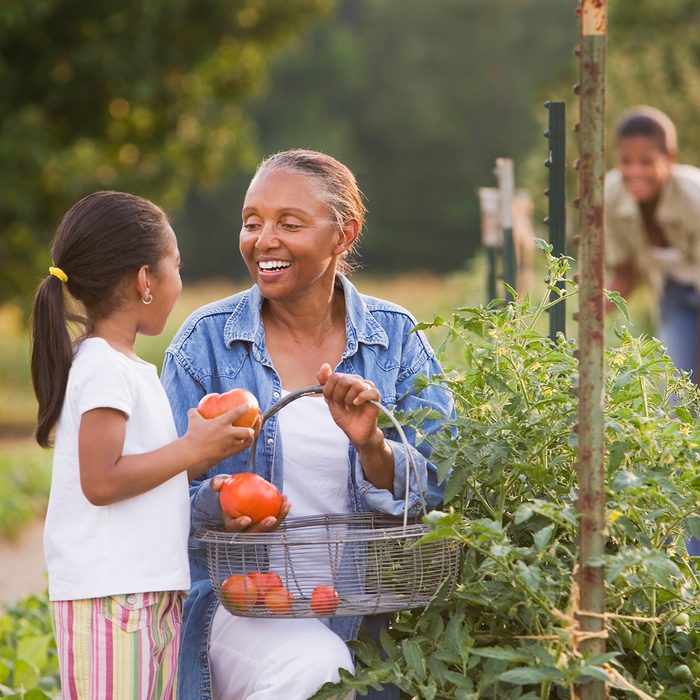
Tomatoes
Don’t try to pull fresh tomatoes from the vine—this could damage the plant and fruit. Bend the stem just above the tomato where there’s a little knuckle. The stem will snap there and leave the calyx (star-shaped green leaves) attached to the tomato. Also, consider picking tomatoes early to prevent damage from insects or disease. The “breaker stage” is when the first streaks of color appear on the bottoms of green tomatoes. At this point, they’re fully developed and can be brought inside to reach full color.
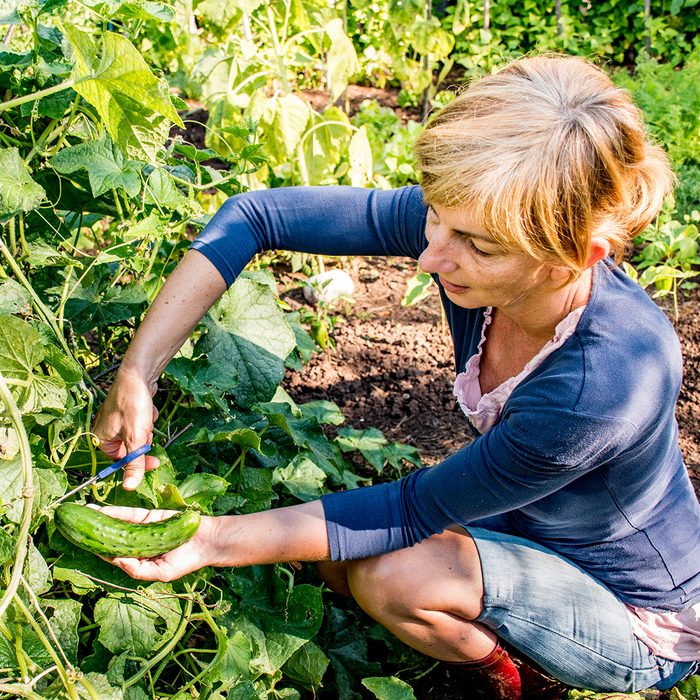
Cucumber
They’re ready when they’re green, firm and the right size: pickling cucumbers at about two to four inches long; slicing cucumbers at seven to nine inches long. Cucumbers allowed to grow too large will be bitter, so harvest them often. Use a knife or sharp gardening shears to cut the stem about one inch above the cucumber. Then, use them in these cucumber salads!
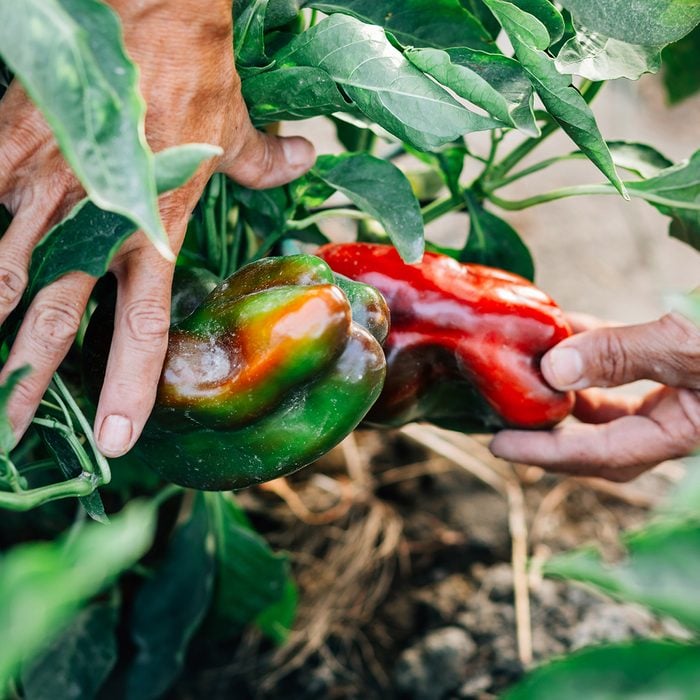
Peppers
All peppers (sweet or hot) start out green. Whether you pick them green or let them reach their varietal color will determine the flavor, sweetness and heat of the peppers. Harvest peppers any time after they reach their mature size. Use a knife or sharp scissors to cut the stem above the pepper, and remember to wear gloves when handling hot peppers.
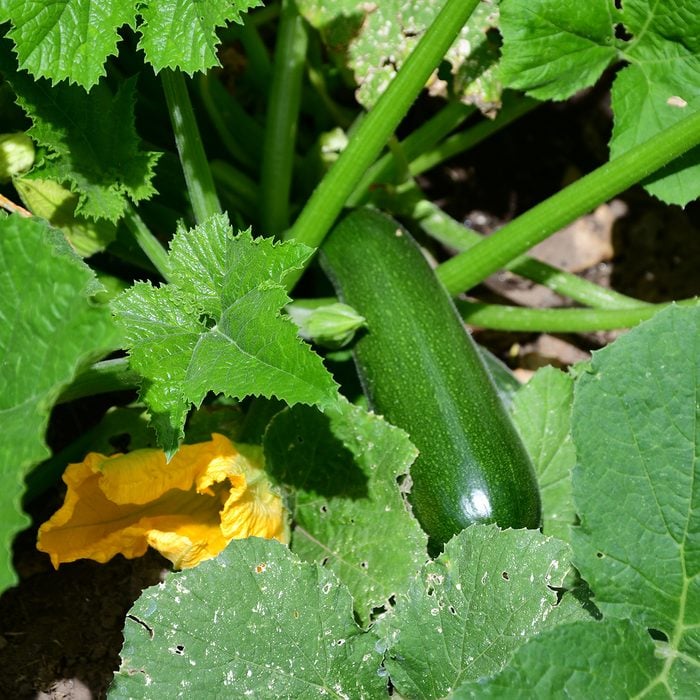
Summer Squash and Zucchini
It’s impressive how large these squash can get! But for tenderness and the best flavor, harvest your zucchini and summer squash when they’re six to eight inches long—and harvest often. Cut the stem with a sharp knife just above the tops. Harvesting them when they’re small will also encourage the plants to keep producing all season long. Use zucchini in these five-star zucchini recipes.
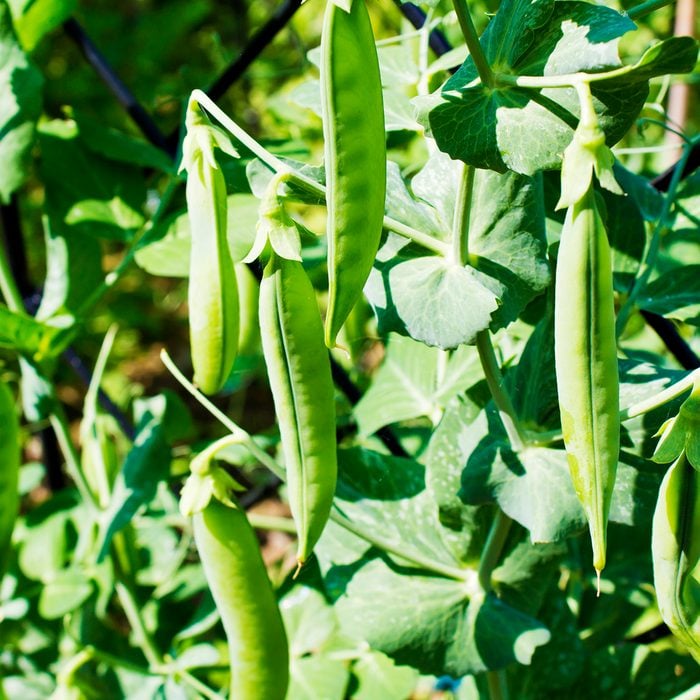
Peas
Look for these signs that your peas are ready to pick: shelling peas will have swelled, cylindrical pods, and peas with edible pods will be two to three inches long and still flat. (Peas that are waxy, dull or have seams opening are overripe—toss these in the compost.) Use scissors to harvest your peas, or (to protect the plant) use one hand to steady the stem while you pick with the other hand.
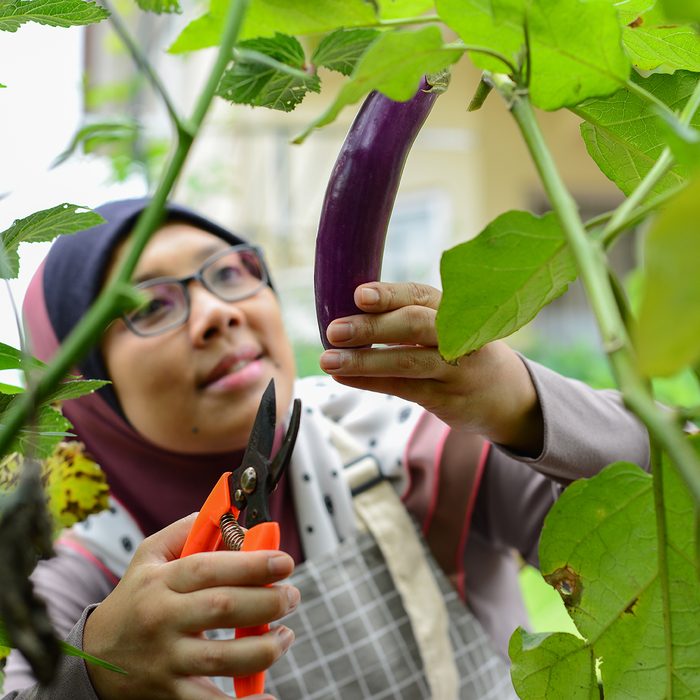
Eggplant
It can be tricky to tell if your eggplant is ready, because color and firmness are not good indicators. Once your eggplant has reached the mature size for the variety you’re growing, check the skin: if it’s really shiny then your eggplant is ready! (Dull skin on a full-size eggplant means it’s overripe.) There are little thorns around the tops of eggplants, so wear gloves as you use sharp scissors to cut the stem just above them. This spicy grilled eggplant recipe is one of our favorite ways to cook them.
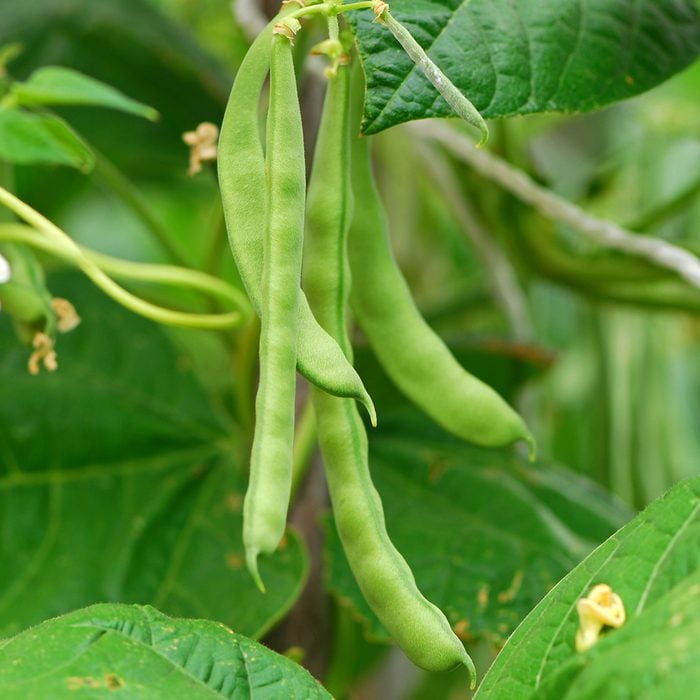
Green Beans
Beans ripen quickly, so harvest often and check carefully under leaves so you don’t miss any. Beans are ready when they’re full, firm and crisp. (Bulging beans will be tough.) To pick them, two hands are best to avoid breaking the plant. Hold the stem above the bean with one hand and gently pick the bean with your other hand.
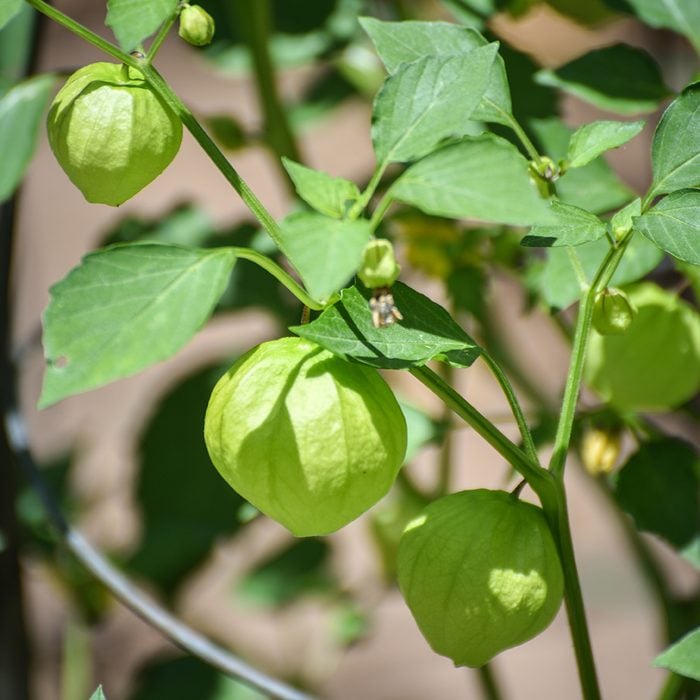
Tomatillos
When tomatillos are ready to pick, the green husk will be completely filled with the bright green, firm tomatillo inside—the husk may even split or begin to turn brown. Use scissors to cut the stem or hold the tomatillo and gently twist to remove it from the plant, being careful not to pull the plants too hard. Pair these with your zucchini for a unique salsa verde.
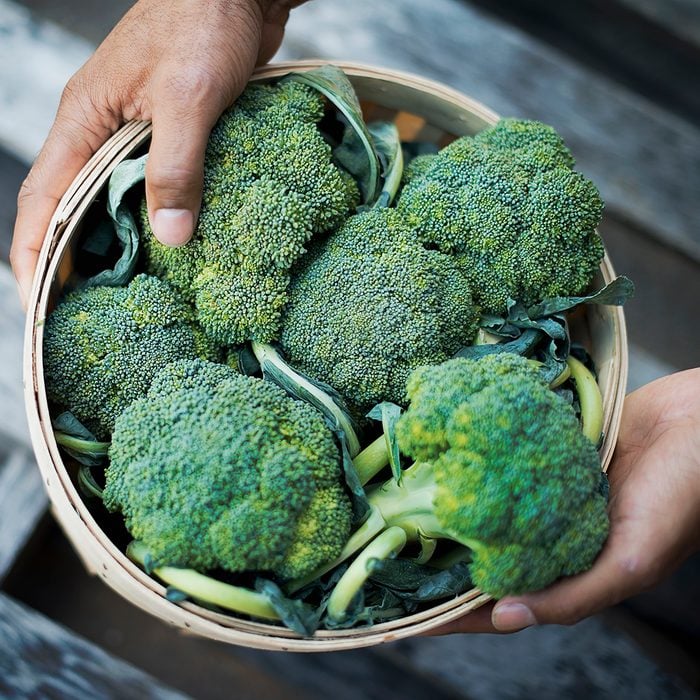
Broccoli
Look for broccoli heads that are a good size and firm with tightly clustered, closed buds (any heads that have yellow flowers beginning to open should be harvested right away). Use sharp gardening shears to cut five to six inches of stem below the head, and cut it at an angle to prevent rot from water pooling on the surface. Roasted with a little Parm, your kids will love this broccoli recipe!
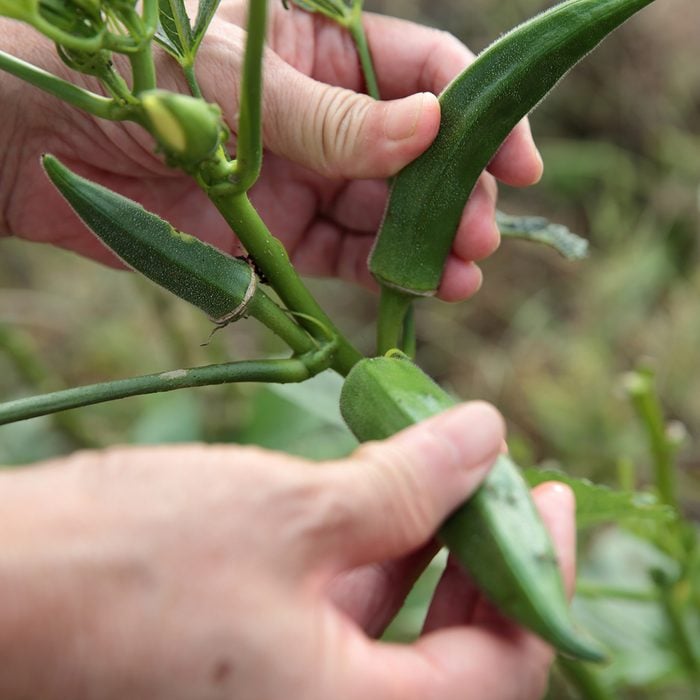
Okra
As with zucchini, the younger and shorter okra are the ones you want, because they’re the most tender and flavorful. Okra pods are covered with fine hairs that can sometimes irritate the skin, so wear gloves when you harvest them. Choose okra that are two to three inches long, and cut the stem above the pods with sharp shears. The more you pick, the more the plant will produce.
